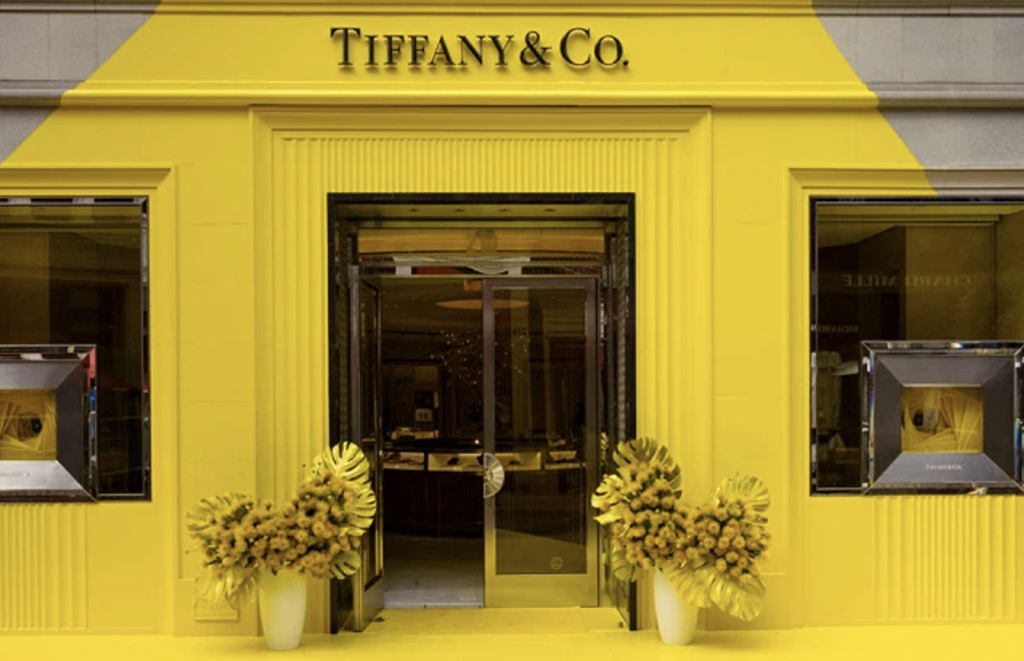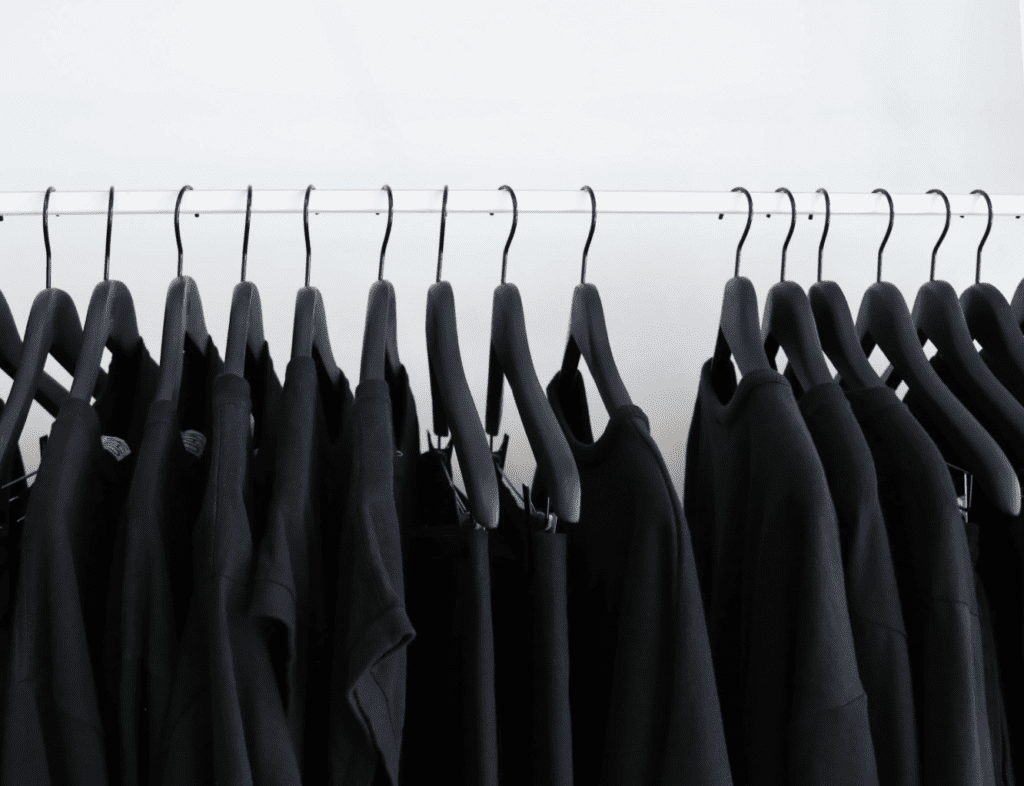On the heels of Executive Vice President of Product and Communications Alexandre Arnault revealing on Instagram this weekend that the April Fool’s joke that saw Tiffany & Co. adopt a vibrant new hue in place of its time-tested robin’s egg blue, the famed jewelry company has revealed that it will swap in that same bold yellow color on select stores across the globe over the coming year. In the first step of what appears to be an inherently social media-friendly extension of its widely-shared prank last month, the brand “temporarily remodeled its Rodeo Drive location – with yellow furniture, fixtures and, for the first time, a yellow Tiffany & Co. box and shopping bag,” according to WWD. Also in the mix for the pop-up: a photo booth and the display of a collection of yellow diamonds, including the nearly 130 karat “Tiffany Yellow Diamond.”
Apparently looking to parlay the viral level of engagement that followed from its April Fool’s Day stunt (consumers have seemingly very strong opinions about the idea of playing with the famed jewelry giant’s longstanding blue hue) into a broader marketing campaign, and seemingly an ode to the social media savvy of 29-year-old Mr. Arnault, who took an executive role at the fabled jewelry stalwart early this year after Tiffany & Co. joined the LVMH Moet Hennessy Louis Vuitton’s sweeping arsenal of luxury brands, the New York-based jeweler revealed that it will adopt a similar concept at different “global locations, which will soon be determined.”
THE BROAD VIEW: The recent reveal from Tiffany & Co. is certainly a move to target and draw in younger, digitally-connected consumers. As Reuters reported in Janaury, the younger Mr. Arnault, the son of LVMH scion Bernard Arnault – who “helped LVMH acquire luggage maker Rimowa and gave it a hipster edge [during his tenure as] CEO there, through collaborations with Dior that made it sexy for the runway” – told Tiffany & Co. employees during a town hall shortly after his appointment that “he would focus on advertising campaigns and luring young customers.”
The temporary color change is also, of course, a clear example of LVMH’s plan to revamp the 184-year old Tiffany brand, including by way of overhauling its expansive lineup of offerings, redesigning some of its stores, and giving its marketing efforts a makeover.
Beyond that, these store-specific Tiffany events are likely aimed at helping the brand to tempt consumers back into brick-and-mortar outposts in the wake of longstanding COVID-19 lockdowns and a striking rise in e-commerce sales, something that many brands – from luxury names to resale retailers like The RealReal, the latter of which is readily expanding its physical retail footprint – are aiming to achieve. While vaccine roll-outs are prompting consumers to venture out more, they are “unlikely to go back to their old ways of shopping,” Dr. Michael Ketzenberg and Dr. M. Serkan Akturk recently wrote, thereby putting the impetus on brands “to stay relevant in the post-pandemic world.”
With that in mind, brands and retailers need to “facilitate better retail experiences” in order to engage consumers in a post-pandemic capacity, according to Gensler Gensler architect and lifestyle leader Michael Gatti, whether that be through “engaging and creative in-store experience,” for instance, or by way of the introduction of an expanded range of products. As of now, Tiffany is opting for the former.











